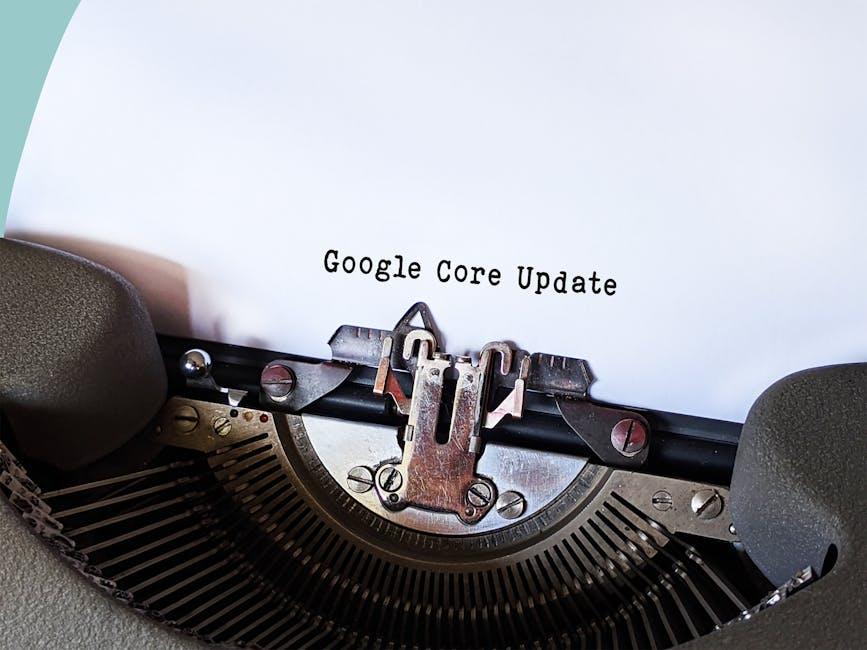



As we dive deeper into the digital era, the influence of artificial intelligence on how we discover information is becoming increasingly profound. Traditionally, optimizing search engines has revolved around understanding algorithms and keywords, but with the rise of AI-driven search bots, the rules of engagement are evolving. These smart systems are designed to learn, adapt, and deliver personalized search results that cater to user intent more accurately than ever before. In this article,we’ll explore three innovative strategies to help you optimize your content for AI search bots,ensuring your digital footprint remains visible in a landscape that is rapidly shifting under the weight of machine learning. Whether you’re a seasoned content creator or a business owner looking to enhance your online presence, these insights will guide you in navigating the complexities of AI-driven search.
To effectively enhance content relevance, harnessing the power of semantic understanding is crucial. This involves going beyond conventional keyword strategies by focusing on the intent behind search queries. By analyzing related terms, synonyms, and phrases, content creators can develop a richer contextual framework for their articles. this not only improves the user experience but also aligns better with AI search algorithms that prioritize content relevance. consider employing tools that facilitate semantic analysis and keyword clustering, enabling you to craft content that comprehensively addresses user inquiries.
Incorporating structured data into your content is a potent strategy for promoting semantic relevance. Utilizing formats such as Schema.org markup helps search engines interpret the relationships between different pieces of information on your web pages. This structured approach enhances the visibility of your content in search results, allowing AI bots to capture its essence more accurately. Below is a simple table showcasing different types of structured data and their potential impacts:
| Structured Data Type | Potential Impact |
|---|---|
| Article | Improved news visibility |
| Product | Enhanced e-commerce features |
| Recipe | Rich snippets in search results |

To enhance accessibility for AI search bots, it is crucial to implement a well-defined data structure. Utilizing schema markup can substantially improve the way your content is understood and indexed by machine learning algorithms.Schema markup acts as a blueprint, giving search engines specific details about your content that can include elements such as ratings, reviews, event dates, and more. By incorporating this structured data, you enable AI search bots to quickly grasp the context and key information of your pages, thereby enhancing their visibility in search results.
Another effective strategy is the use of a clear hierarchical structure for your content. Organize your website with a logical flow, ensuring that main topics are easily identifiable and related subtopics are well-linked. This approach makes it easier for crawlers to navigate through your site. Consider employing internal linking techniques that prioritize high-value pages and establish clear pathways for bots. Below is a simplified table showcasing how a well-structured website may look:
| Page Type | Purpose | example |
|---|---|---|
| Main Topic | Serves as the primary focus | /services |
| Subtopic | further elaboration of main topics | /services/web-growth |
| Blog Post | Provides insights and drives traffic | /blog/5-tips-for-web-design |

Understanding how users interact with your content is essential for improving its visibility in AI-driven search algorithms. By closely monitoring user engagement signals, you can tailor your content to better meet the expectations of both your audience and search bots. Here are some key signals to observe:
To leverage these insights effectively,consider implementing strategies that enhance user experience and interaction. For instance, incorporating visually appealing elements and structuring your content for easy navigation can keep users on your page longer. Additionally, understanding the demographics of your audience can guide content creation that aligns with their interests. Below is a simple overview of how user signals correlate with search visibility:
| User Engagement Signal | Impact on search Visibility |
|---|---|
| High CTR | boosts rankings due to perceived relevance |
| Low Bounce Rate | Improves content authority in search results |
| Increased Time on Page | signals quality content, leading to better rankings |

To enhance your website’s visibility to AI indexing systems, focusing on structured data is essential.Implement schema markup to help search engines understand the context of your content better. This leads to improved visibility in rich snippets and enhances click-through rates.Consider marking up the following types of content:
Another key aspect is ensuring mobile optimization as AI search bots prioritize user experience. A responsive design that adapts to various screen sizes not only improves usability but also strengthens your site’s SEO ranking.Make sure to assess elements such as:
As we embark on this journey to better understand AI search bots, it becomes clear that optimization is not merely about appeasing algorithms but enhancing user experience and engagement. By leveraging the three strategies discussed—strategic keyword integration, high-quality content creation, and embracing structured data—you pave the way for your digital presence to shine in an increasingly automated landscape.
Remember, the goal is not only to attract the bots but to create a seamless connection with your audience. Embracing these tactics will empower you to stay ahead of the curve in this dynamic habitat, ensuring your content resonates with both the technology of today and the humans of tomorrow. as the digital world continues to evolve, so too should your strategies. Keep experimenting, stay informed, and let your content thrive in a future where AI and human connection walk hand in hand.Happy optimizing!